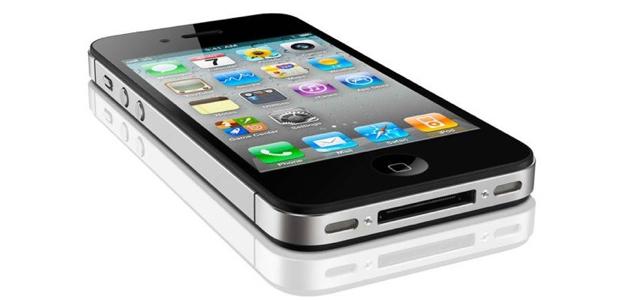 Chances are, you’re reading this on a smartphone. And if you are, you’re not alone.
Chances are, you’re reading this on a smartphone. And if you are, you’re not alone.
A new report from analytics firm iHS iSuppli reveals that smartphones are expected to make up 54 percent of global cellphone sales in next year, a shift in the cellphone market that will see smartphones becoming the dominant force two years earlier than had been originally predicted.
Smartphone shipments have been continually building faster than anticipated, with 2012’s percentage expected to hit around 46 percent, and 2010’s reaching 35 percent. If next year’s smartphone shipments meet the latest expectations, it will mark the first time that the smartphone will make up more than half of all available cellphone shipments. Predictions for the smartphone’s performance in 2016, the limit of iHS’ predictions at this point, point to smartphones having an impressive 67.4 percent marketshare within four years time.
According to the iHS report, the rise of smartphones is coming at the cost of the feature phone market. The line between the two is often blurry, but iHS defines feature phones as “a grade above the most basic, low-cost entry-level phones but lack the sophisticated engineering and abundant functionality of smartphones.” Feature phones had command of the 2011 cellphone market, with 46 percent of all shipments, but that figure is expected to fall to 2012 by the end of this year, and to 28 percent by the end of the 2016 prediction window.
(iHS defines a third cellphone type in its report; “the entry-level and ultra-low-cost handset,” which has long been the bottom-tier option. For 2012, it will have 14 percent marketshare, with that figure expected to plummet to just 4.2 percent share by 2016.)
The dominance of the smartphone means, of course, that we should begin to expect that definition to fracture soon to allow for more precise analytical analysis. Already, iHS is reporting on two separate segments of the smartphone market, which it calls “the midrange to high-end smartphone on one hand, and l0w-end smartphones on the other,” noting that low-end smartphones make up the most common entry-point for new users, and that those low-end users will make up 43 percent of the total smartphone market by 2016.
Growth in the high-end and midrange smartphone area comes mostly from developed countries or the more industrialized areas of some developing nations, with more than 700 million users expected to exist four years from now.
Apple and Google – makers of the iPhone and Droid smartphones, respectively, are anticipated to be the big winners in this space, with iHS predicting that “victory in the marketplace “will now… rely on many other important factors” including “software capability, a sleek and intuitive user interface, the variety of available applications, strong support from the developer community, and the strength and seamlessness of vertical integration.” Every other tech company that isn’t Apple or Google: You have four years to create something that will change everything. Use your time wisely.

